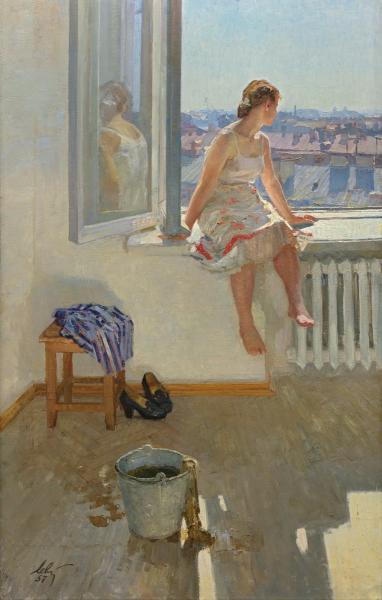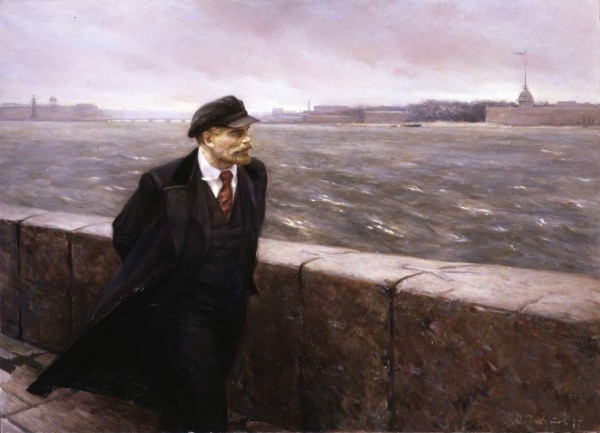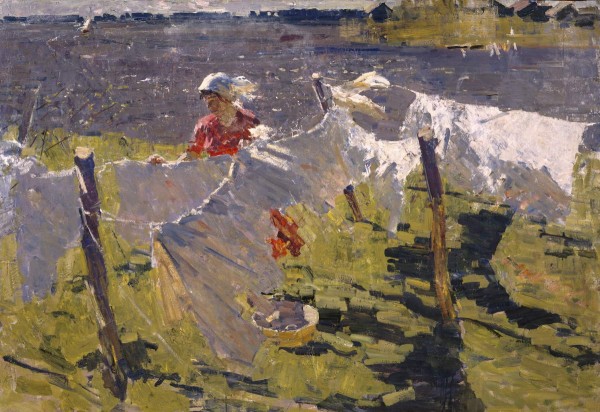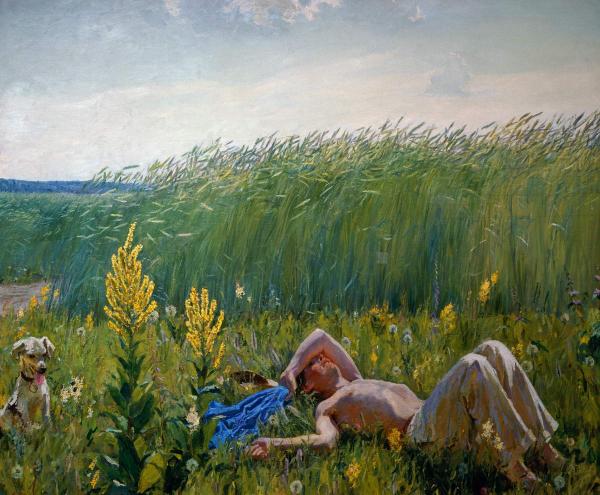The artist is soap
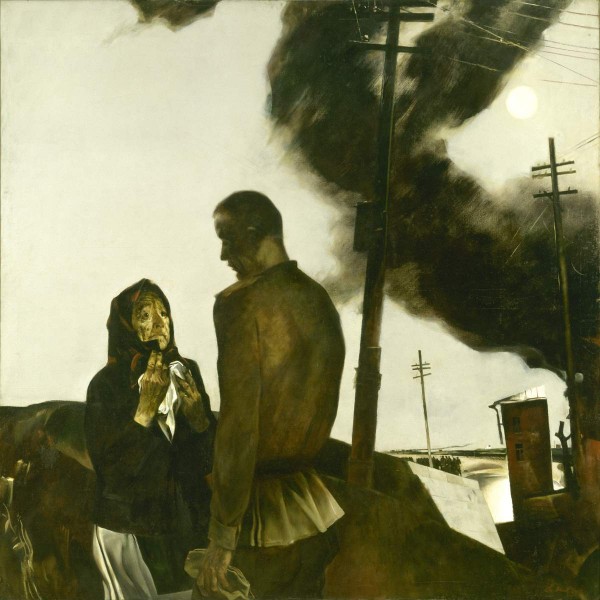
Andrey Andreevich Mylnikov – one of the largest masters of Soviet post -war art. The People’s Artist of the USSR, the winner of the two state prizes, the Hero of Socialist Labor spent about two difficult years in the People’s militia, defending the blocked Leningrad. In a state of extreme exhaustion, along with the Institute of Painting of Sculpture and Architecture, it was evacuated in Samarkand in the winter of 1942.
On the thirty years of victory, Andrei Mylnikov creates a real symbol – a piercing image of a mourning mother who sends his son to the front. “Farewell” is an icon of maternal grief, a collective image of hundreds of thousands of mothers who escorted and did not wait. Orphaned, lonely women who are waiting or having already lost their men in the fight
armies and states. They look at us with sad eyes from the canvases of many art masters. Egor Mogilevsky. “The best memory is true to them …” // Memory. To the 75th anniversary of the Victory in the Great Patriotic War . SPb, 2020. WITH. 5.
Show the full text
Hide the full text
“Farewell” – one of the most famous works of the artist, awarded the State Prize, was written by him in 1975, to the thirtieth anniversary of the Victory in the Great Patriotic War. Andrei Mylnikov creates a real symbol – a piercing image of a mourning mother who sends his son to the front. The picture was resolved in a harsh and laconic manner, emphasized by ascetic color. The mother of the soldier clings to herself the viewer’s gaze – her tears and fear – real, personal emotions, devoid of heroism and pathos. Her son seems to turn into a shadow, a silhouette of black soot and smoke, which is about to dissolve forever. “Farewell” is an icon of maternal grief, a collective image of hundreds of thousands of mothers who escorted and did not wait. The artist himself explains his picture: “What is it about? About the Motherland, about the mother, which is inseparable for me with my homeland, about the difficulties that fell to the share, the heavy share of my people during the Great Patriotic War. About unpaid duty to our mothers who granted us a life that sanctified their love. “.
The picture makes you feel at the cost of victory. It is impossible to forget the face of the mother escorting her son into battle. Their exciting silhouettes, their figures, their feelings – as an echo of what is happening in millions of families, when relatives went into the fire of war, towards the enemy. Each detail here is a capacious, real, symbolic, like everything that happens. A comparison of distant generalized plans with these details emphasizes the significance of the general, situation and separate, with the dominance of the appearance of an old woman as embodied spirituality, morality. The depth of her image is correlated with the depth of her feeling in a filled war, a cruel world. The face of the mother is given on such a dramatic note that she seems to personifies the pain and feat of all mothers. M. A. Dudin, defender of the Khanko Peninsula – "Red Gangut", wrote: "Before this picture you can cry about the greatness of the feat that shone over the bottomless abyss of maternal grief. This picture is a song to courage and nobility, a sigh of surprise, a tear of delight and grief of memory at the same time".
